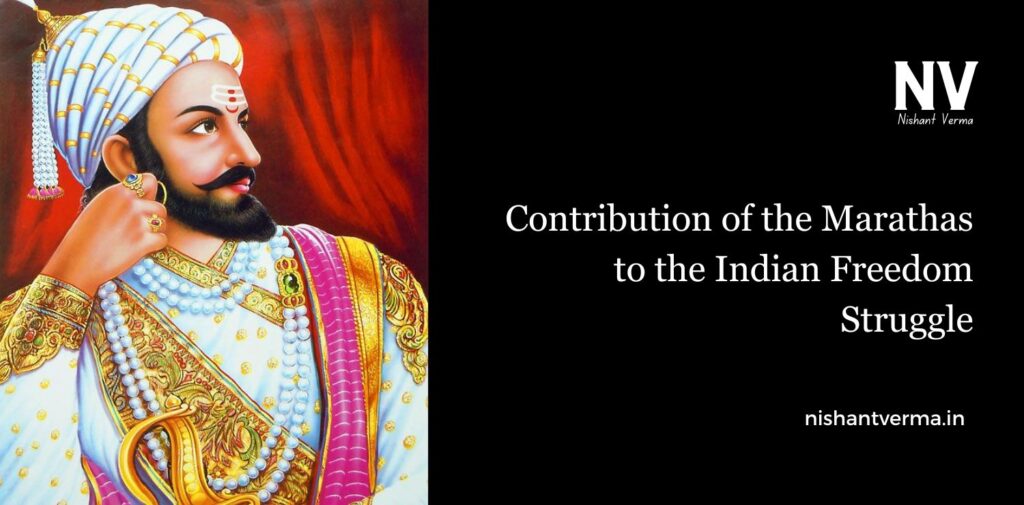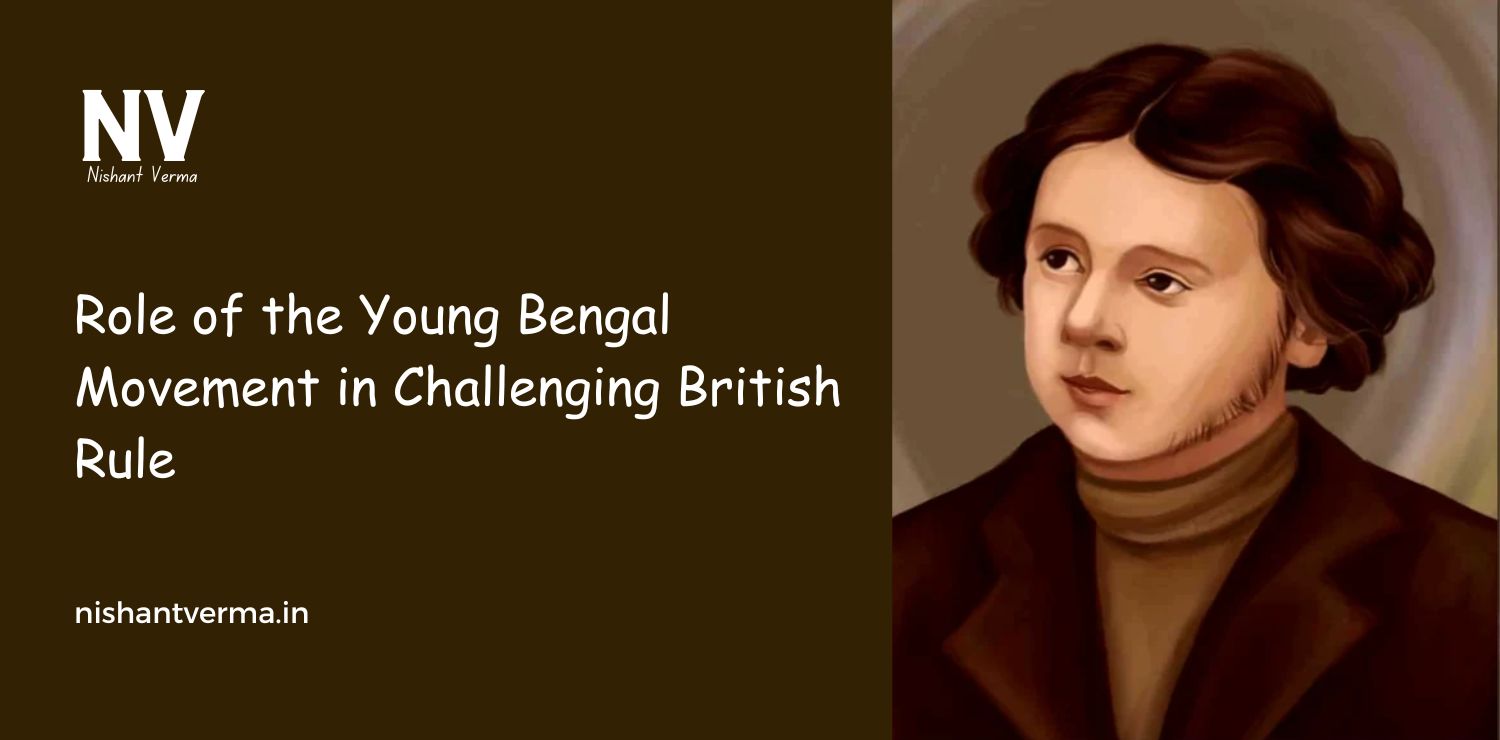The Marathas were one of the most important and powerful groups in India’s history. They played a big role in shaping India’s past and contributed a lot to the fight for independence. Though the Maratha Empire had started in the 17th century, their spirit of bravery, resistance, and fighting for freedom continued long after. In this article, we will learn about how the Marathas contributed to India’s freedom struggle.
Who Were the Marathas?
The Marathas were a group of people who lived in the western part of India, mainly in the regions that are now Maharashtra, Goa, and parts of Karnataka. They became famous because of their powerful warriors, strong leaders, and their empire, which was built by a legendary leader named Chhatrapati Shivaji Maharaj. Shivaji Maharaj is considered one of India’s greatest heroes, known for his leadership, courage, and his fight against the Mughal Empire, which ruled large parts of India at the time.
The Marathas were known for their strong army, clever strategies, and the ability to fight for their freedom. They ruled over a large part of India in the 17th and 18th centuries. But even after their empire weakened, the Marathas continued to play an important role in India’s history, especially in the fight for independence from the British.
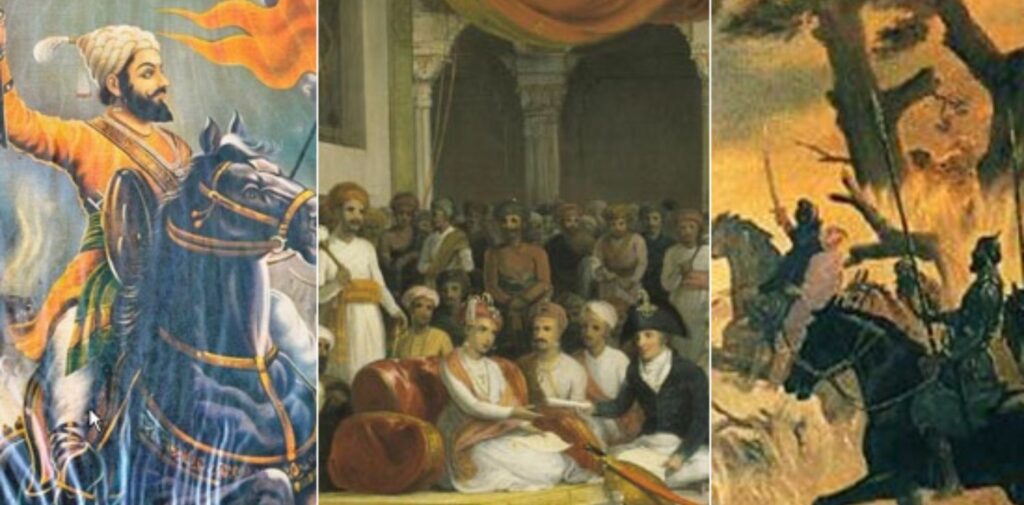
The Marathas’ Role in India’s Early Freedom Struggle
Even though the British started ruling India in the 18th century, the Marathas were one of the main forces that challenged them. The Marathas’ fight against the British is an important part of India’s early freedom struggle. The Maratha warriors were not afraid to fight the British forces, and this resistance inspired other Indians to join the battle for freedom.
- Chhatrapati Shivaji Maharaj’s Legacy: Chhatrapati Shivaji Maharaj, the founder of the Maratha Empire, left behind a strong legacy of fighting against foreign rule. He fought against the Mughal Empire, which was one of the most powerful empires in India at that time. Shivaji’s military tactics, like surprise attacks and the use of small forts, were later used by many Indian freedom fighters, including those who fought against the British.
- The Third Battle of Panipat (1761): One of the biggest battles fought by the Marathas against the Afghan ruler, Ahmad Shah Durrani, was the Third Battle of Panipat in 1761. Although the Marathas lost the battle, it showed their determination and courage. This battle was important because it kept the British from easily taking control over all of India. The Marathas fought to protect their land, and their sacrifice inspired later generations of Indians to continue the fight for independence.
The Marathas and the Fight Against the British
In the 19th century, after the Maratha Empire weakened, the British became the most powerful force in India. However, the Marathas still continued to resist British rule, and they contributed to the freedom struggle in various ways.
- Peshwa Baji Rao II: Baji Rao II was the last Peshwa (leader) of the Maratha Empire. He fought against the British after they took control of many Maratha territories. Baji Rao II’s resistance against the British was a sign that the Marathas were still determined to fight for their freedom. Though he lost, his courage was admired by many.
- The Maratha Warriors and the Indian Rebellion of 1857: The Marathas were also involved in the First War of Indian Independence, which is often called the Indian Rebellion of 1857. Many Maratha leaders and warriors joined this rebellion to fight against the British. They were part of the larger movement of Indians who wanted to end British rule and get freedom.
- The rebellion in 1857 was an important event that marked the beginning of India’s struggle for independence. Though the rebellion was not successful, it laid the foundation for future independence movements. Many Maratha leaders, including Tatya Tope and Rani Lakshmibai of Jhansi, became famous for their bravery during this time.
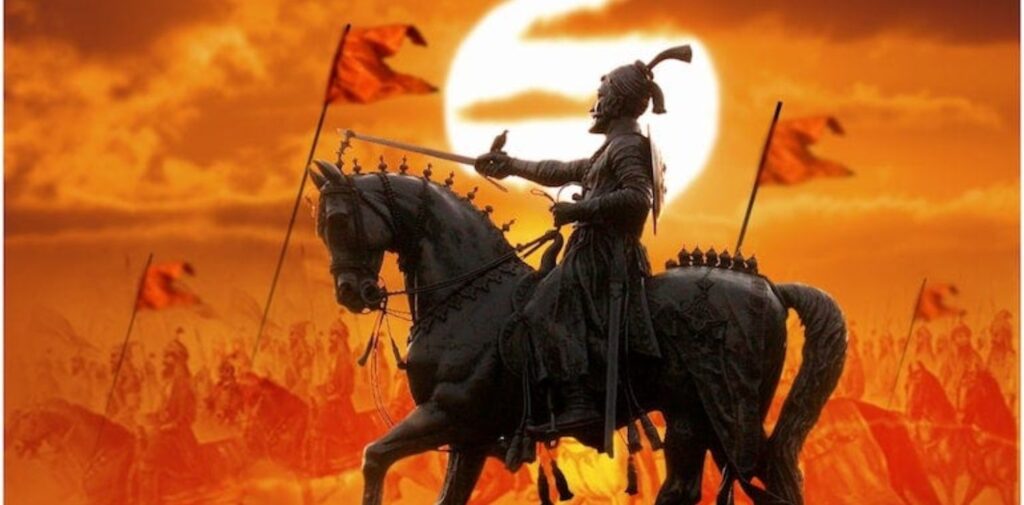
The Marathas’ Contribution to Nationalism
The Marathas’ spirit of fighting for freedom was passed on to the generations that followed. Many important leaders of the Indian independence movement were inspired by the Marathas. The Maratha warriors’ resistance against foreign rule showed that India could stand up to the British and fight for its rights.
- Tatya Tope: Tatya Tope was one of the most famous leaders of the 1857 rebellion. He was a close ally of Rani Lakshmibai and fought against the British with great bravery. Even though he was eventually captured and hanged by the British, his courage inspired many Indians to keep fighting for independence.
- Rani Lakshmibai of Jhansi: Although Rani Lakshmibai was from the region of Jhansi, which was not part of the Maratha Empire, she is considered a symbol of the Maratha spirit. She fought bravely against the British during the 1857 rebellion. Her courage and leadership made her one of the most respected figures in Indian history. She inspired many people, including Marathas, to fight for their country’s freedom.
Maratha Leaders in the 20th Century Independence Movement
Even in the 20th century, the Marathas played a major role in India’s struggle for independence. Many Maratha leaders joined the Indian National Congress and took part in the movement for self-rule. These leaders continued the Maratha tradition of fighting for freedom and contributed to India’s ultimate victory over the British.
- Bal Gangadhar Tilak: Bal Gangadhar Tilak, also known as Lokmanya Tilak, was one of the most important leaders in the Indian independence movement. He was a Maratha leader who strongly believed in the need for self-rule (Swaraj). Tilak’s slogan, “Swaraj is my birthright,” became famous and inspired millions of Indians to demand their freedom. He believed that India could not wait forever for the British to grant freedom—it had to fight for it. Tilak’s speeches, writings, and actions made him one of the most important voices in the fight for independence.
- Vishnu Shastri Chiplunkar and Gopal Ganesh Agarkar: These were other important Maratha leaders who played a significant role in spreading nationalist ideas. They were involved in organizing protests, raising awareness, and encouraging Indians to unite against the British.
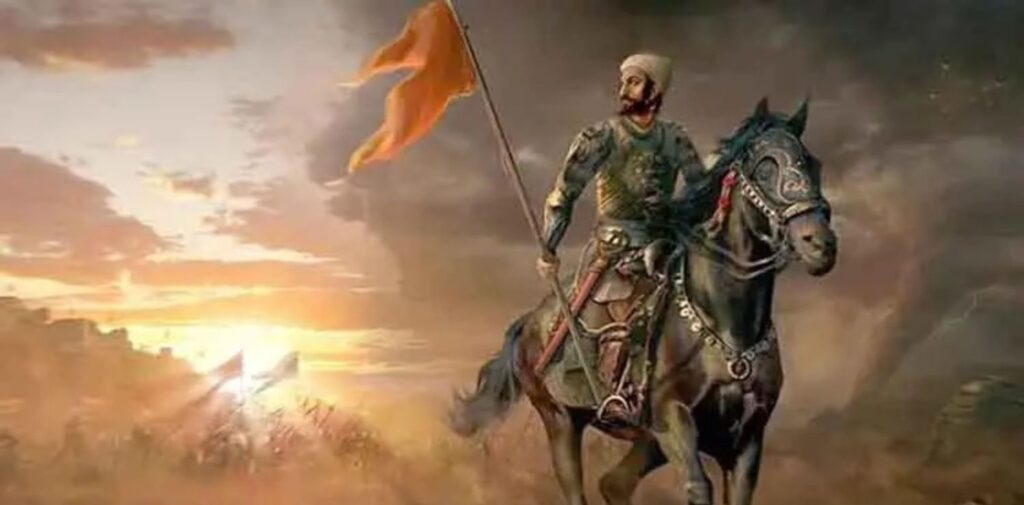
The Marathas and the Post-Independence Era
After India gained independence in 1947, the Maratha community continued to contribute to the country’s progress. Many Maratha leaders took part in building the new nation and worked towards making India a strong, united, and independent country.
Some Maratha leaders became important figures in India’s first government. Their contributions in the fields of politics, education, and social reforms helped shape the India we know today.
Conclusion
The Marathas played a crucial role in the Indian struggle for freedom. From the time of Chhatrapati Shivaji Maharaj in the 17th century to the leaders like Bal Gangadhar Tilak in the 20th century, the Marathas showed a strong spirit of resistance against foreign rule. Their bravery, leadership, and determination inspired future generations of Indians to keep fighting for independence. The Maratha legacy of fighting for freedom was passed on to those who continued the struggle until India finally achieved independence in 1947.
The Marathas’ contribution to the Indian freedom struggle is a proud part of India’s history. Their sacrifices remind us that the fight for freedom was not easy, and it required the courage and determination of many brave men and women. The Marathas will always be remembered as true patriots in India’s journey to freedom.

